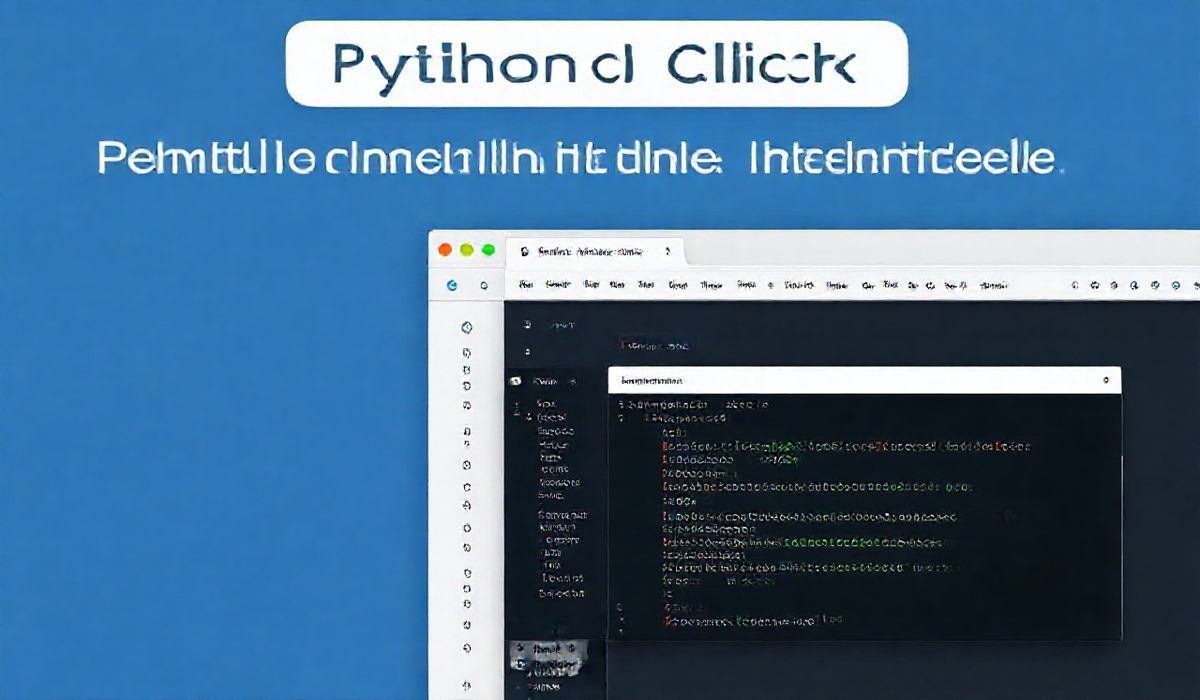Welcome to JSHint: A JavaScript Linter for Improved Code Quality
JSHint is a popular static code analysis tool used in the development of JavaScript applications. It helps developers identify and correct errors or potential problems in their JavaScript code. Here, we will delve into JSHint’s functionalities, APIs, and practical usage, providing numerous code snippets to help you get started.
Getting Started with JSHint
To install JSHint globally on your system using npm, you can use the following command:
npm install -g jshint
Once installed, you can run JSHint on any JavaScript file:
jshint yourfile.js
JSHint APIs and Examples
Configuring JSHint with .jshintrc
A .jshintrc file allows you to configure options for JSHint:
{
"undef": true,
"unused": true,
"browser": true
}
Using JSHint Programmatically
JSHint can also be used within a JavaScript application:
const jshint = require('jshint').JSHINT;
const code = 'var foo = 1;';
jshint(code);
if (jshint.errors.length) {
console.error('Errors:');
for (const error of jshint.errors) {
console.log(error);
}
} else {
console.log('No errors.');
}
Ignoring Files and Lines
To ignore specific files or directories, use exclusion in the .jshintignore file:
node_modules/
dist/
To ignore specific lines within a file, use inline comments:
/* jshint ignore:start */
alert('This will be ignored by JSHint.');
/* jshint ignore:end */
Example App Using JSHint
Here’s a simple example of a Node.js app that uses JSHint programmatically to check its code:
const fs = require('fs');
const path = require('path');
const jshint = require('jshint').JSHINT;
const filePath = path.join(__dirname, 'example.js');
const code = fs.readFileSync(filePath, 'utf8');
jshint(code);
if (jshint.errors.length) {
console.error('Errors:');
for (const error of jshint.errors) {
console.log(error);
}
} else {
console.log('No errors.');
}
Conclusion
JSHint is an invaluable tool for any JavaScript developer, helping to ensure code quality and consistency. From command line usage to programmatic integration, understanding JSHint’s capabilities is essential for developing robust applications.
Hash: ba50493d639b841a9fcceb552ffc771861dd1da91e10b93d114c930b293c1a48




